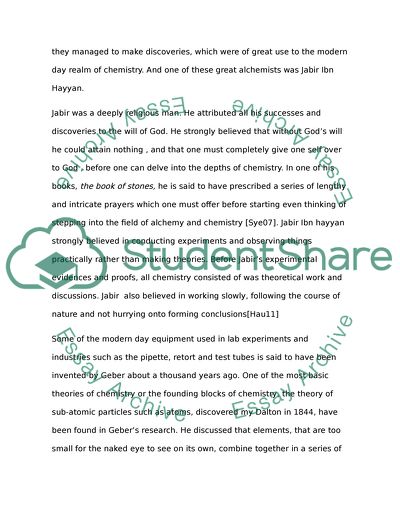Cite this document
(“History: Jabir Ibn Hayyan Research Paper Example | Topics and Well Written Essays - 2000 words”, n.d.)
Retrieved from https://studentshare.org/history/1436131-jaber-ibn-hayan
Retrieved from https://studentshare.org/history/1436131-jaber-ibn-hayan
(History: Jabir Ibn Hayyan Research Paper Example | Topics and Well Written Essays - 2000 Words)
https://studentshare.org/history/1436131-jaber-ibn-hayan.
https://studentshare.org/history/1436131-jaber-ibn-hayan.
“History: Jabir Ibn Hayyan Research Paper Example | Topics and Well Written Essays - 2000 Words”, n.d. https://studentshare.org/history/1436131-jaber-ibn-hayan.


